
Therapy for foot pain Home care
In a case of injury, after locating the painful area, first useful home care method is the PRICE formula (protect, rest, ice, compression, elevation). Protect the injured area from further injury, rest and try to use the injured part as least as possible, ice the injury to reduce swelling and numb the pain, compress the injury lightly for support and elevate the injured foot which prevents further swelling. Never apply ice directly to the skin for skin protection. Use towel or cloth as ice protection. Ice the swollen area no longer than 20 minutes per hour.Over-the counter medications can help ease the pain and reduce the swelling. Acetaminophen (Tynol) helps with the pain. Nonsteroidal anti-inflammatory medications like naproxen (Naprosyn), ibuprofen (Motrin) or Aspirin both lessen the pain and reduce inflammation effects. Sticking to the prescribed dosage is advised. One of the often used home therapies that relieve plantar fasciitis is placing a golf ball on the floor and rolling it with the bottom of your foot.Blisters are caused by chafing. If the blister is broken, band aid, friction reducer or padding can be used. If blisters are unbroken the doctor can puncture the blister with a clean needle and drain it. In this case the skin acts as natural band aid and should not be trimmed away. In case where blister covers a larger area, gel pads, donut pads or blister pads can be used.
Therapy for foot pain medical treatment
In case of serious injury or if home care methods do not bring relief in 24 hours, visiting a medical facility is recommended.After reviewing medical history and examination, The doctor can diagnose the cause and severity of the pain and determine the further course of recovery. These include both home recovery and visiting a rehabilitation facility.Basic recovery methods may include various exercises which can strengthen the injured muscle, increase flexibility, improve muscle length or correct the muscles that are not in balance. To decrease impact on the foot caused by running, jumping and similar activities, substitute workout such as swimming, bicycling, elliptical trainers or ski machines may be recommended.Footwear replacement or modification can be suggested. This includes socks type, shoe fitting, lacing, insole change (heel pads, cushions, arch support). With usage and age, athletic shoes lose their elastic properties, foot support and energy absorption. Therefore a regular replacement is recommended.Additional prescribed medications can control inflammation or disease related symptoms.Some forms of therapy include medical devices like ultrasound, electrical stimulation, laser therapy (LED), or manual therapy which reduces the pain and increase circulation.In certain cases, surgery may be required.When going through an injury, your body can undergo various changes. By staying in regular contact with a qualified therapist the recovery plan can be timely adjusted, leading to faster and more complete recovery.




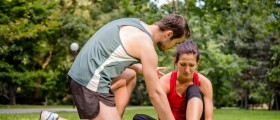
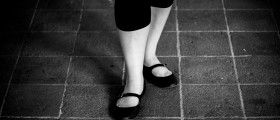



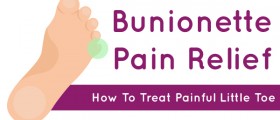
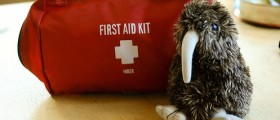
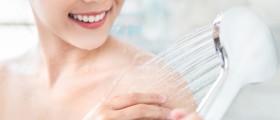
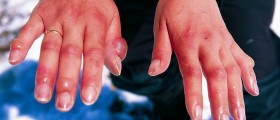

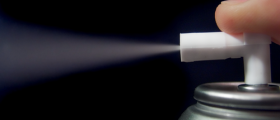

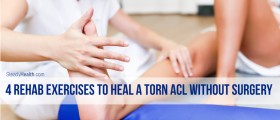
Your thoughts on this
Loading...